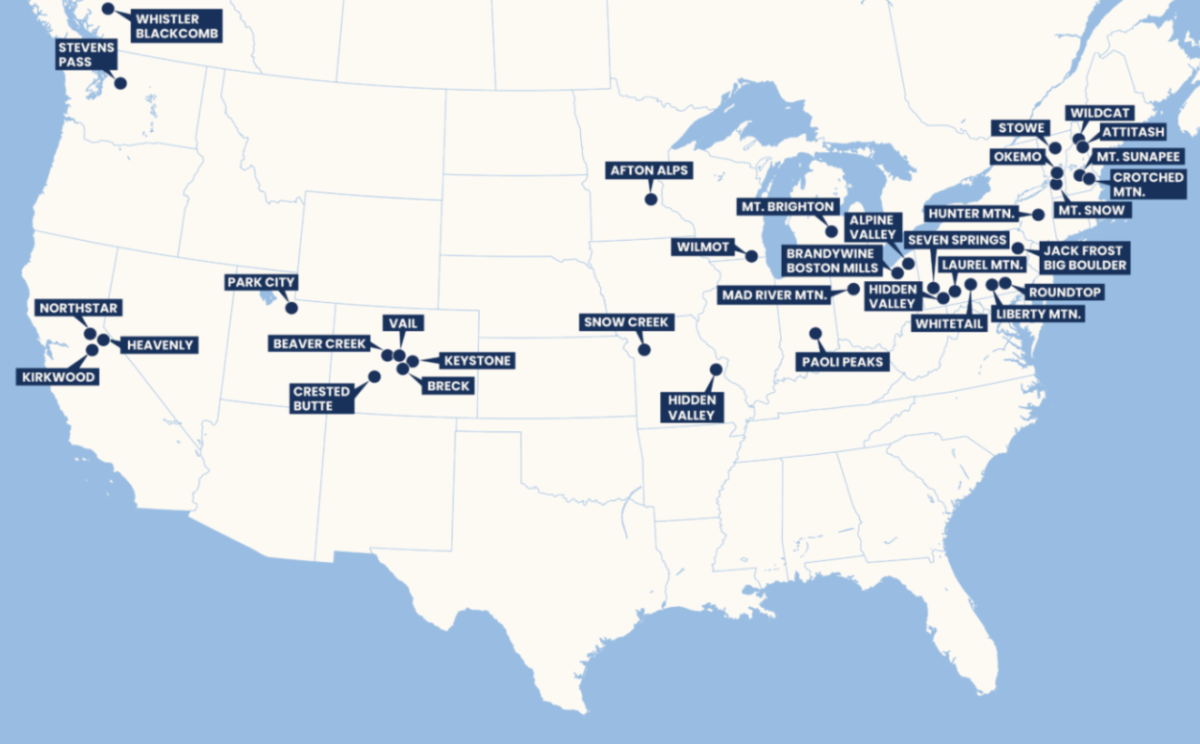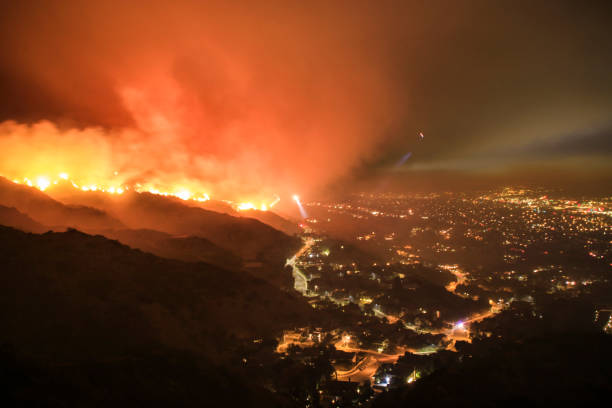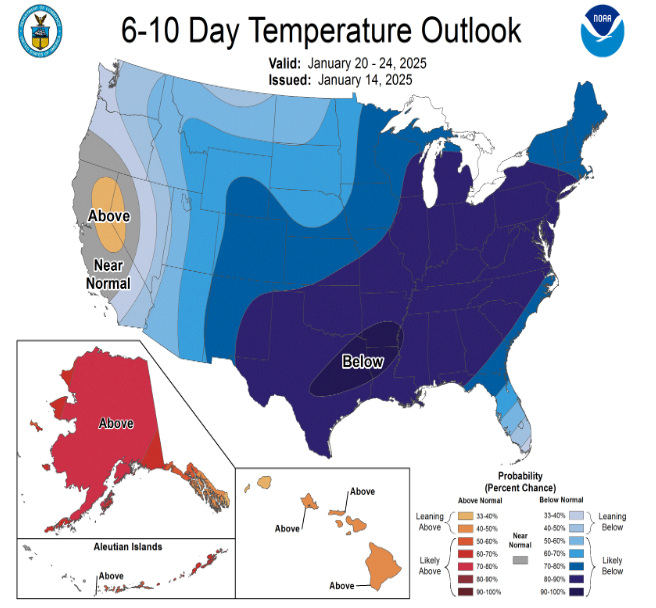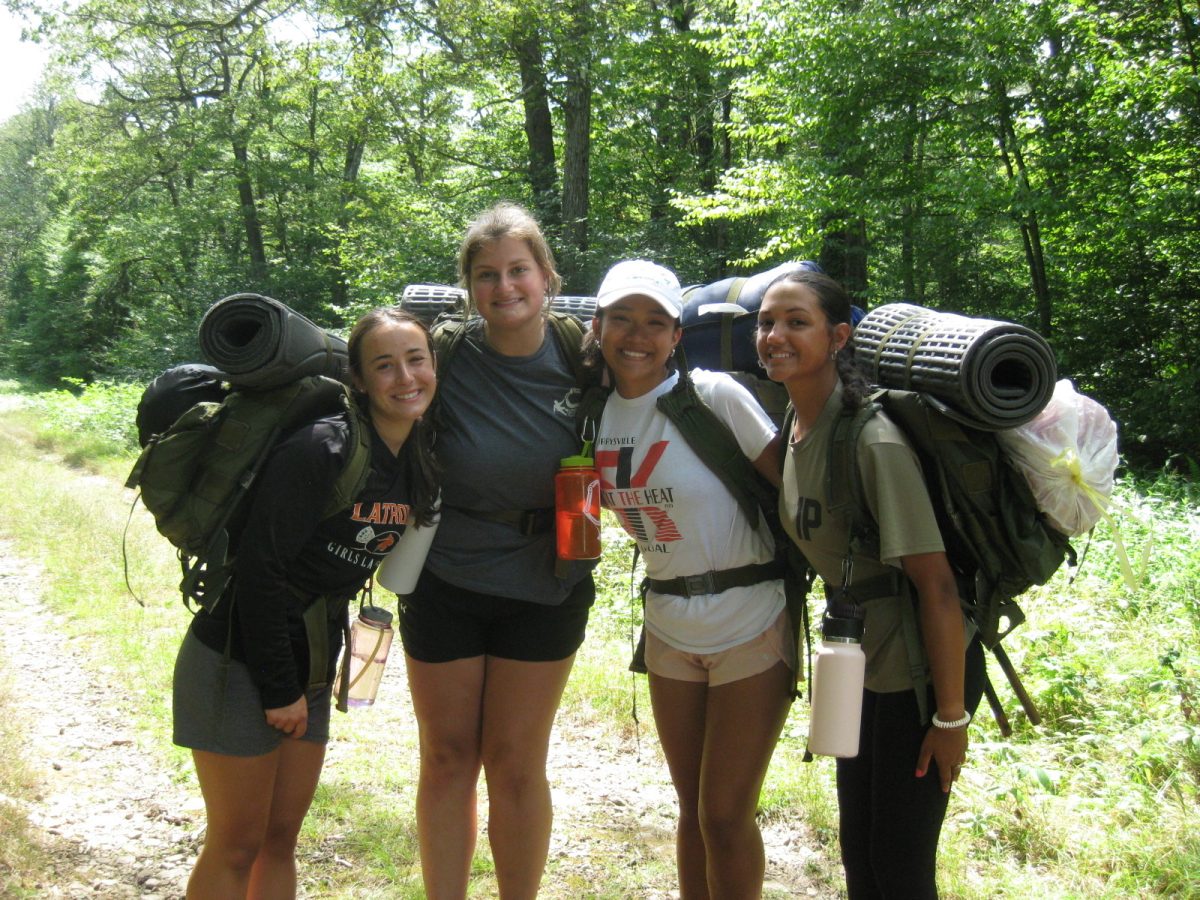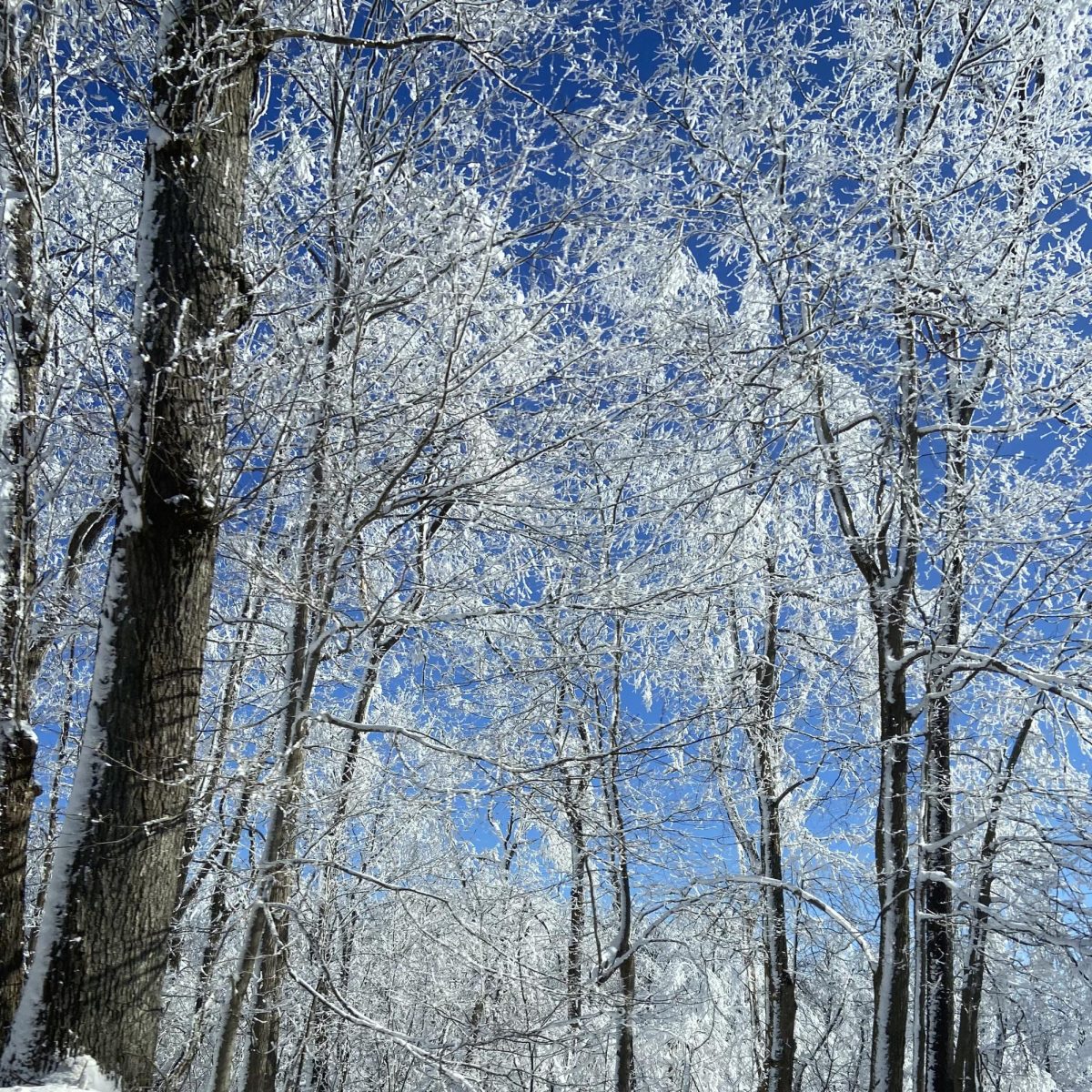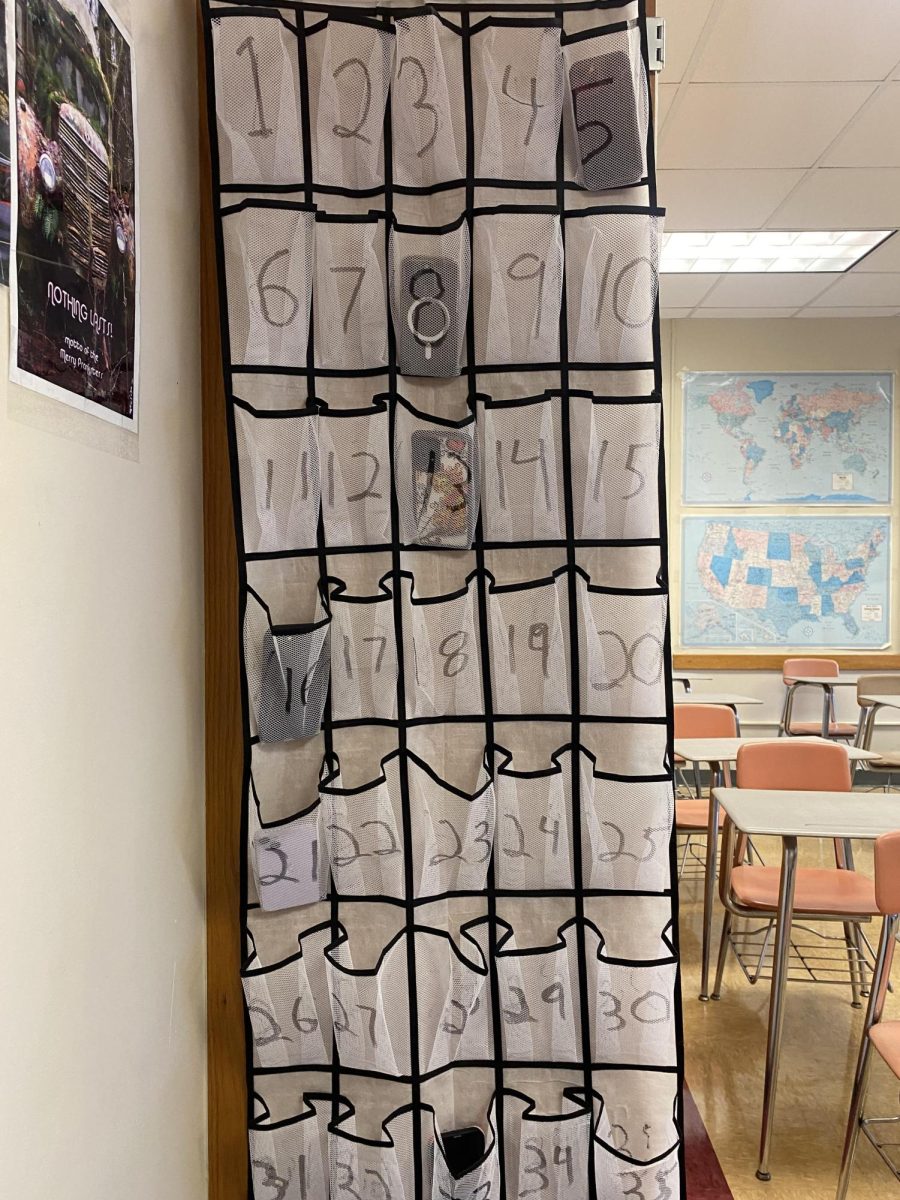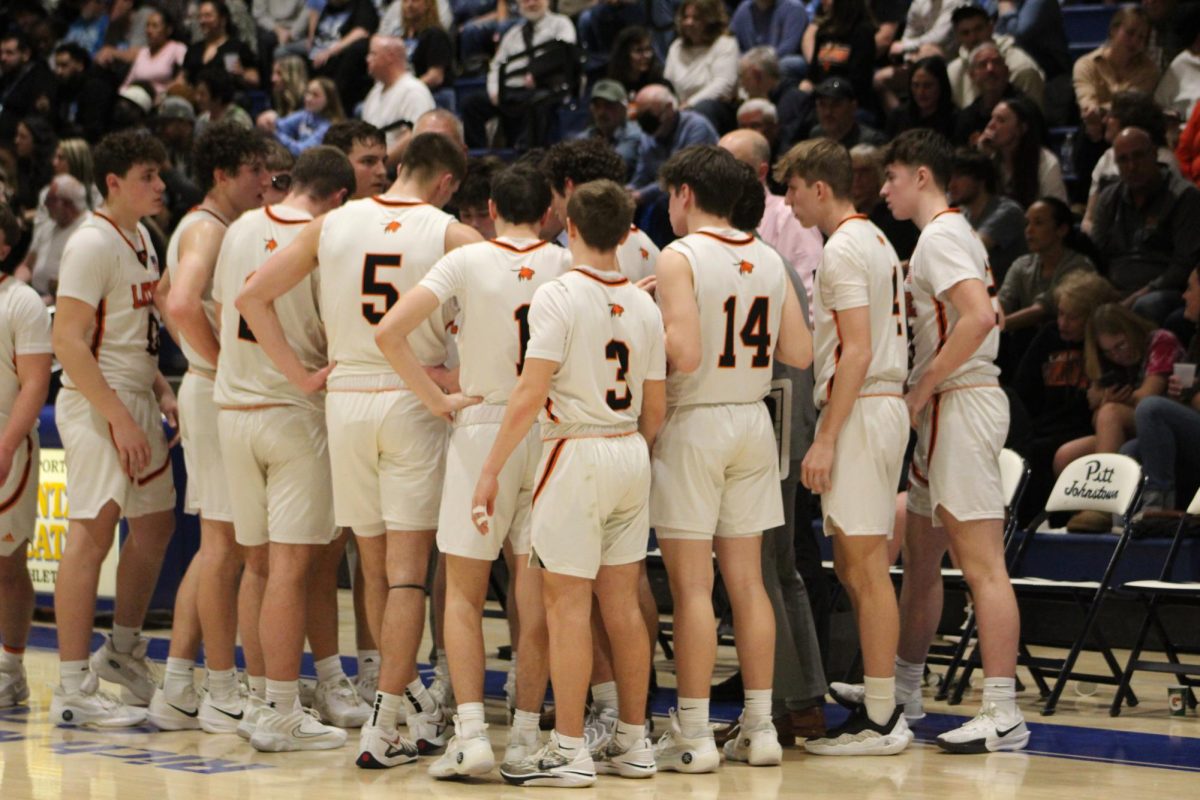In 2021, three local resorts, Seven Springs, Hidden Valley, and Laurel Mountain, were bought by Vail Resorts, one of the largest and most powerful names in the worldwide ski industry. While this acquisition has brought about significant changes, the initial feelings have been mixed, with some skiers, employees, and locals questioning what they’ve gained and lost in the process.
For senior, Penelope Wetzel, the Vail acquisition has soured the once warm, community-oriented vibe of her local resort. She has been skiing at these resorts since she was little and was a Greater Latrobe Ski Club member for many years. She travels to different resorts so she appreciates the Epic pass working at different resorts like Breckenridge, Colorado. She also sees some downsides to the acquisition. “It doesn’t feel local anymore. Those resorts felt homey,” Penelope shared. “Now that it’s a big corporation, I feel like everything is centered around money. They don’t care as much about our experience.”
She points to issues like broken lifts and rising prices. “A lift [North Face Lift] has been broken since the beginning of the season which makes the lift lines longer at the operating lifts. Everything is more expensive now too. I don’t know how they haven’t gotten North Face Lift fixed with their extra money coming in every season,” Penelope said.
Penelope also shares about the uncontrolled lift lines, “Vail was going to improve the lift lines but lately I don’t see them moving people along quickly and organizing chair lift groups. That leaves us skiers to try to line up but it’s hard when there are four different lines to control and some people cut which makes the line longer for everyone else.”
“Skiing isn’t the same when the focus isn’t on the skier’s experience,” she added.
Penelope’s frustrations are similar among many locals, who feel that the personal connection with the resorts they love has been lost in the shuffle of corporate growth. Vail, which now owns 42 resorts across the globe, has turned these once “homey” mountains into part of a larger, more commercialized ski empire.
Brody Campbell, a snowboard instructor at Hidden Valley, sees both the advantages and the drawbacks of the acquisition. “There were definitely some positives and negatives, but I think the positives outweigh the negatives,” Brody said. “As an employee, I feel like Vail has done a lot to make us feel special and accounted for. For example, they have policies to protect employees who are driving up to the resort and they also have policies to help employees get any payments squared away that involve us being hired for the job.”
Brody, who teaches children between the ages of 4 and 17, appreciates the technological improvements made to the resort under Vail’s leadership, such as new lifts and more sustainable practices. “They’ve made a ton of changes. The lifts are more sustainable, and the lighting in the hotels and restaurants is all energy-efficient now,” he said. “They’re definitely moving closer to a net-zero carbon footprint. ”
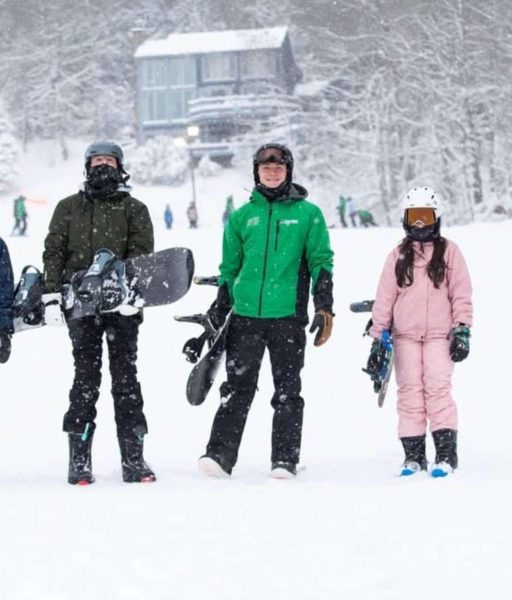
The Vail influence has also modernized the resort’s operations, streamlining processes for employees and customers alike. “The payment systems are all card and Apple Pay now, and everything is more streamlined,” Brody explained.
He notes that the onboarding process to get hired is now more rigorous, but the overall structure has made it more efficient. “It’s a very hard job because of all of the clearances and especially being minors, we need to take some more steps than usual. I spent hours completing all of my clearances but now that I’m a part of Vail I get paid better and I also have benefits and discounts,” he said.
Yet, even Brody acknowledges the challenges for locals. “The resorts are definitely busier now, and people who grew up here don’t feel like it’s the same even though they have kept all of their traditions and big events at Seven Springs like the pond skim and all of their parties,” he said.
The increase in visitors, thanks to Vail’s global reach, has altered the feel of the resorts, which now cater to a more international crowd, adding to the feeling that these mountains are no longer the hidden gems they once were. People who pay for an Epic pass are more likely to travel longer distances to come to resorts like Seven Springs which crowds the mountain more than it did when it was on a separate pass. “They are trying to appeal to people around the world, which increases diversity, and in turn we end up getting more customers and business which is amazing,” he said.
For Sammy Pedicone, the transition to Vail has affected her experience. As a former member of the ski club, she used to enjoy easy access to affordable tickets. “We used to use cash for ski club tickets and the resort before the acquisition made everything very easy for clubs to travel up to Hidden Valley or Seven Springs. After Vail took over, everything switched to card-only transactions. Our ski club didn’t have a card, and it became more complicated to get tickets. We ended up not being able to ski with the ski club that year. I think our ski club is important because that’s how I learned to ski,” Sammy said.
“When I was younger, when Vail first took over, I didn’t know what would happen other than new opportunities since the new ownership but over time I have been able to see the changes. I don’t like how the new passes have blackout days which basically means certain passes dont work on popular days like the weekend after Thanksgiving, the week after Christmas, and Valentine’s Day weekend. You can buy a pass without any blackout days but it’s very expensive. Also, pass holders used to be able to bring a friend to ski for free for a certain amount of days. Now, after the acquisition, the friend passes only take 20% off the day pass price.” Sammy explained.
The shift to card-only transactions and digital systems reflects Vail’s larger strategy to centralize operations and move toward a more seamless, cashless experience—one that works for a global company but not always for the tight-knit local communities that once thrived in these ski areas.
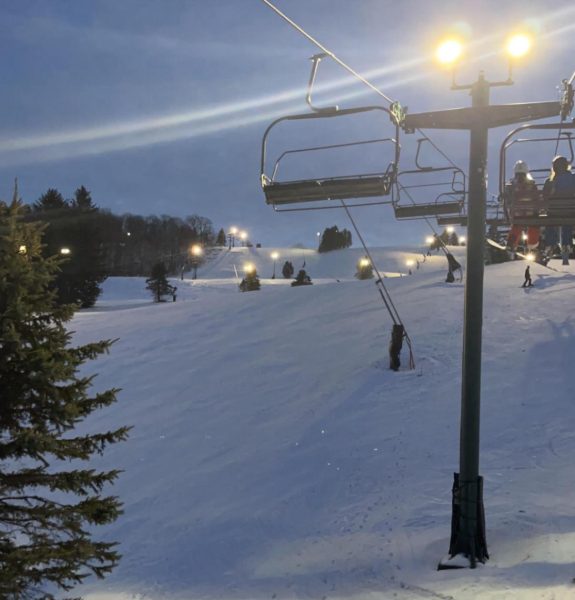
Vail Resorts’ approach to the ski business has been both strategic and aggressive. Since 2008, Vail has grown from owning just five resorts to 42, with major acquisitions like Whistler, Park City, and Breckenridge, as well as the local resorts around here. Their growth strategy revolves around their product, the Epic Pass, a prepaid season pass that grants skiers access to all Vail resorts across the continent.
This shift to an Epic Pass model is central to Vail’s long-term strategy, allowing them to stop the impact of unpredictable weather patterns on their income, such as the declining snowfall in the United States. The Epic Pass locks people in so that even if there is not a lot of snow one year, they still make a large profit. According to an investment report by Vail, day ticket prices have nearly tripled since 2010, encouraging skiers to purchase Epic Passes in order to “break even” after just a few trips.
With 75% of visitors now skiing on the Epic Pass rather than purchasing single-day tickets, Vail has successfully transitioned to a model where the majority of revenue comes from guaranteed, prepaid memberships. This shift has allowed Vail to raise prices consistently, with a reported 8% annual increase since 2021. Vail also generates substantial revenue from non-skiing activities, including lodging and on-mountain dining, which now contribute hundreds of millions of dollars annually.
While this focus on profitability has its benefits for Vail as a corporation, it has left some skiers and employees questioning whether the soul of these once-local ski resorts has been lost in the pursuit of global growth.
The acquisition of Seven Springs, Hidden Valley, and Laurel Mountain by Vail Resorts has undeniably changed the feeling of skiing in Western Pennsylvania. For some, these changes have brought modernization, better infrastructure, and new opportunities to enjoy world-class skiing experiences. For others, the transition to a corporate-run empire has stripped away the local charm that made these resorts special.
The locals keep the small town vibe alive by continuing traditions like seeing familiar faces at apres ski restaurant Foggy Goggle, different parties throughout the season, and fun activities like the pond skim. Seven Springs, Hidden Valley, and Laurel Mountain are still enjoyed by many people, local or not.


